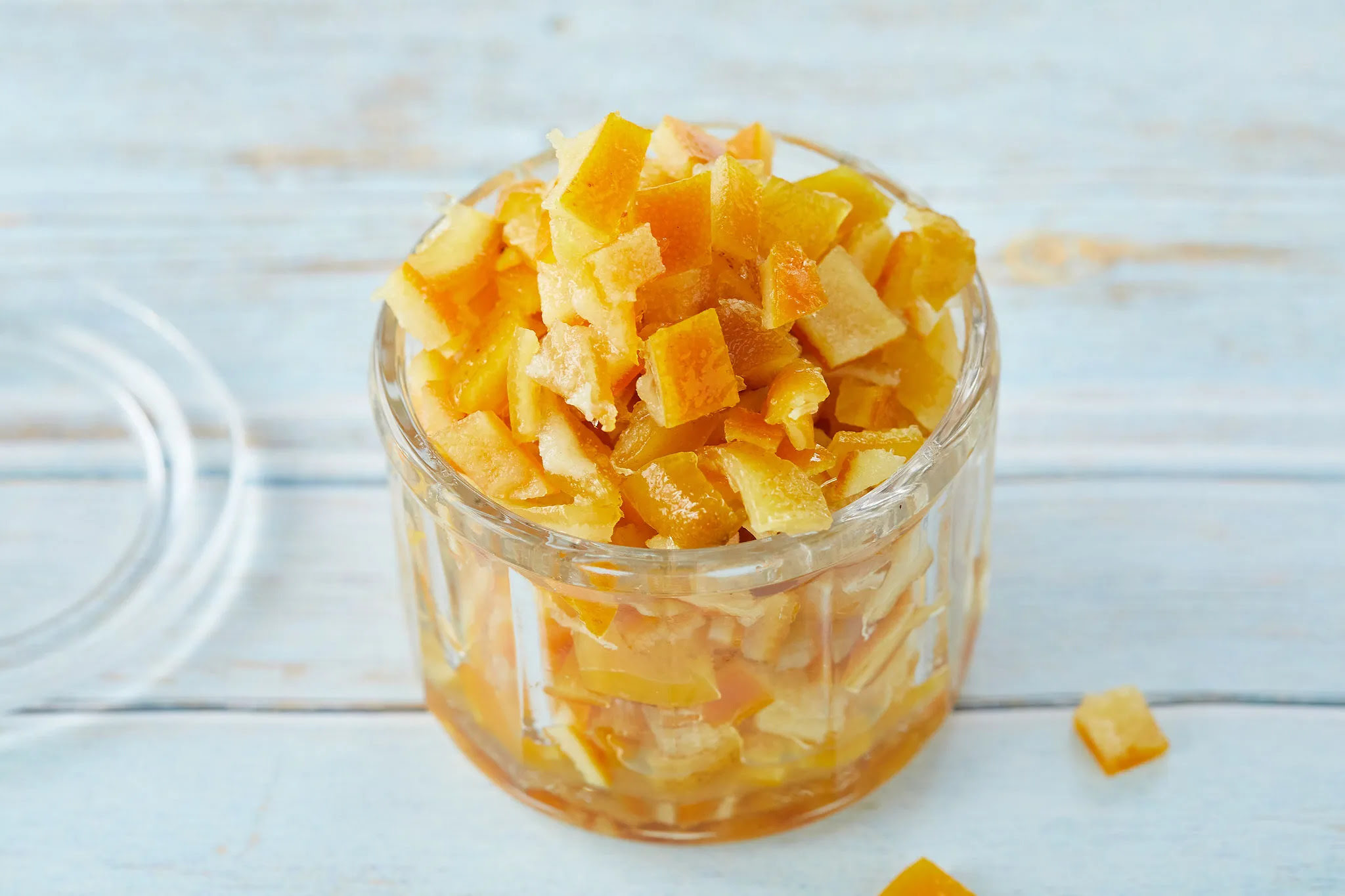

Articles
How To Store Candied Fruit
Modified: October 20, 2024
Learn how to properly store candied fruit in this informative articles. Find out the best methods to keep your candied fruit fresh and delicious for longer.
(Many of the links in this article redirect to a specific reviewed product. Your purchase of these products through affiliate links helps to generate commission for Storables.com, at no extra cost. Learn more)
Introduction
Welcome to our guide on how to store candied fruit! If you’ve ever indulged in the sweet, chewy goodness of candied fruit, you know how important it is to store it properly to maintain its freshness and flavor. Candied fruit is a versatile and delicious ingredient that can be used in a variety of recipes, from baked goods to cocktails. Whether you have purchased candied fruit or made it yourself, proper storage techniques will ensure that it stays fresh and delightful for longer periods of time.
In this article, we will explore the reasons why it is essential to store candied fruit correctly and provide you with practical tips on choosing the right storage method, whether it’s using airtight containers, freezing, or finding a cool, dry place. We will also touch upon the importance of avoiding moisture and humidity, understand how long candied fruit can be stored, and how to check for any signs of spoilage.
So, if you’re ready to learn the best ways to store your favorite candied fruit and extend its shelf life, let’s dive in!
Key Takeaways:
- Properly storing candied fruit extends its shelf life, maintains freshness, and saves money. Airtight containers, freezing, and avoiding moisture are key methods for preserving this delightful ingredient.
- Regularly check for spoilage and follow recommended storage times to ensure the safety and quality of candied fruit. Enjoy its sweetness and enhance your culinary creations with confidence.
Read more: How To Store Candy Apples
Why Store Candied Fruit?
Before we delve into the details of proper storage techniques for candied fruit, let’s understand why it’s crucial to store it correctly in the first place.
1. Prolong Shelf Life: Candied fruit, being a preserved form of fruit, already has a longer shelf life than fresh fruit. However, by storing it properly, you can further extend its lifespan and ensure that it remains flavorful and enjoyable for an extended period.
2. Maintain Freshness: Proper storage techniques help retain the original texture and taste of the candied fruit. Whether you’re using it for baking, snacking, or garnishing, you want it to retain its chewiness and vibrant flavor.
3. Save Money: By storing candied fruit correctly, you can prevent it from spoiling or becoming stale. This allows you to buy in bulk or preserve excess homemade candied fruit without the need for frequent repurchasing, ultimately saving you money.
4. Convenience: Having a stock of properly stored candied fruit in your pantry ensures that you always have this delightful ingredient on hand. You can quickly grab some whenever needed, whether it’s for a last-minute baking project or to add a touch of sweetness to your morning oatmeal.
5. Preserve Nutrition: While candied fruit does undergo a preservation process, it still retains some of the nutrients present in fresh fruit. By storing it properly, you can ensure that these nutrients remain intact for consumption.
In summary, storing candied fruit properly allows you to extend its shelf life, maintain its freshness, save money, enjoy convenient access, and preserve its nutritional value. Now that we understand why it’s essential to store candied fruit correctly, let’s explore the different methods you can use to achieve this.
Choosing the Right Storage Method
When it comes to storing candied fruit, there are various methods you can choose from. The right storage method will depend on your specific needs and the available resources. Here are a few options to consider:
1. Airtight Containers: Using airtight containers is one of the most effective ways to store candied fruit. Transfer the candied fruit into clean, dry containers, ensuring they are sealed tightly. Mason jars or food storage containers with airtight lids are ideal for this purpose. Airtight containers not only keep the moisture out but also help protect the candied fruit from any odors or contaminants in the surrounding environment.
2. Freezing Candied Fruit: Freezing candied fruit is an excellent choice if you want to extend its shelf life for an even longer period. Before freezing, make sure to divide the candied fruit into smaller portions and place them in freezer-safe bags or containers. Squeeze out any excess air to prevent freezer burn. When you’re ready to use the frozen candied fruit, allow it to thaw in the refrigerator before incorporating it into your recipe.
3. Storing in a Cool, Dry Place: If you prefer not to freeze your candied fruit, storing it in a cool, dry place is another option. Find a spot in your pantry or cupboard away from direct sunlight, heat sources, and moisture. Ensure that the area is well-ventilated to prevent condensation from forming. You can use airtight bags or containers to further protect the candied fruit from air and humidity.
When choosing the right storage method, remember to consider factors such as the quantity of candied fruit you have, how long you intend to store it, and the available space in your kitchen. Regardless of the storage method you choose, maintaining a proper storage environment is crucial to preserving the quality of the candied fruit.
Now that we have explored the different storage options, let’s dive into each method in more detail, starting with using airtight containers.
Using Airtight Containers
When it comes to storing candied fruit, using airtight containers is a simple yet effective method that helps maintain its freshness and flavor. Here are some steps to follow:
- Choose the Right Container: Opt for containers with airtight lids, such as glass jars or food storage containers. Make sure the containers are clean and dry before transferring the candied fruit.
- Divide into Small Portions: If you have a large quantity of candied fruit, it’s best to divide it into smaller portions. This allows you to take out only what you need, minimizing exposure to air and moisture.
- Place in Airtight Containers: Transfer the candied fruit into the chosen containers, making sure to fill them up without overcrowding. Avoid leaving too much empty space, as air can cause the fruit to become dry and lose its appeal.
- Seal Tightly: Ensure that the containers’ lids are securely sealed to create an airtight environment. This prevents air, moisture, and odors from getting in and affecting the quality of the candied fruit.
- Label and Date: To keep track of the storage time and contents, label the containers with the type of candied fruit and the date of storage. This way, you can easily identify and rotate your stock as needed.
- Store in a Cool, Dry Place: Find a suitable spot in your pantry or cupboard to store the airtight containers. Keep them away from heat sources, direct sunlight, and moisture, as these factors can cause the candied fruit to spoil or become sticky.
By using airtight containers, you create a barrier between the candied fruit and the surrounding environment. This helps to maintain its texture, flavor, and overall quality for a longer period.
Remember to check the containers periodically for any signs of moisture or spoilage. If you notice any damage or the presence of mold or pests, discard the affected candied fruit and thoroughly clean the containers before storing a fresh batch.
Now that you know how to use airtight containers for storing candied fruit, let’s explore another method: freezing.
Freezing Candied Fruit
Freezing candied fruit is an excellent option if you want to extend its shelf life even further. Follow these steps to freeze candied fruit:
- Prepare the Fruit: Before freezing, ensure that the candied fruit is clean and dry. If the fruit is stuck together, gently separate the pieces to prevent them from freezing in clumps.
- Divide into Portions: Divide the candied fruit into smaller portions. This allows for easier thawing and prevents you from having to defrost the entire batch each time.
- Choose Freezer-Safe Packaging: Place the portioned candied fruit into freezer-safe bags or airtight containers. Make sure the packaging is suitable for freezer use to prevent freezer burn.
- Remove Air: Squeeze out any excess air from the freezer bags before sealing them. If using containers, leave some headspace to allow for expansion during freezing.
- Label and Date: Clearly label the packaging with the name and date of freezing. This will help you keep track of the storage time and ensure proper rotation of the frozen candied fruit.
- Store in the Freezer: Place the packaged candied fruit in the freezer, ensuring they lay flat and are not stacked on top of each other. This promotes even freezing and makes it easier to thaw individual portions later.
When you’re ready to use the frozen candied fruit, remove the desired portion from the freezer and allow it to thaw in the refrigerator. Avoid thawing at room temperature, as this can cause the fruit to become too soft and lose its texture.
It’s important to note that freezing can slightly alter the texture of the candied fruit. Some fruits may become slightly firmer after freezing and thawing. However, the flavor and overall quality should remain relatively unchanged.
Keep in mind that frozen candied fruit can be stored for an extended period, typically up to 6 months. However, for the best quality, it is recommended to use it within 3-4 months.
Now that you know how to freeze candied fruit, let’s move on to another storage method: storing in a cool, dry place.
Store candied fruit in an airtight container at room temperature, away from direct sunlight and moisture. You can also refrigerate it for longer shelf life.
Read more: How To Store Candy Onions
Storing in a Cool, Dry Place
If freezing is not your preferred method of storing candied fruit, storing it in a cool, dry place is an excellent alternative. Follow these steps for proper storage:
- Choose the Right Location: Find a spot in your pantry or cupboard that is cool, dry, and away from direct sunlight and heat sources. Temperature fluctuations and exposure to sunlight can affect the quality of the candied fruit.
- Container Selection: Use airtight bags or containers to protect the candied fruit from air and humidity. Ensure that the containers are clean and dry before transferring the fruit.
- Portion Control: If you have a large quantity of candied fruit, consider dividing it into smaller portions. This way, you can access a smaller amount at a time without exposing the entire batch to air every time you need some.
- Fill Containers: Transfer the candied fruit into the chosen containers, making sure not to overfill them. Leave some headspace to allow for the expansion and movement of air within the container.
- Seal and Label: Seal the containers tightly to create a secure and airtight environment. Label the containers with the type of candied fruit and the date of storage, so you can easily identify and rotate your stock as needed.
- Storage Location: Place the sealed containers in the designated cool and dry spot in your pantry or cupboard. Ensure that the area is well-ventilated to prevent condensation.
By storing candied fruit in a cool, dry place, you create an environment that helps preserve its texture and flavor. The absence of moisture and exposure to heat and sunlight prolongs its shelf life and maintains its quality.
Remember to periodically check the containers for any signs of spoilage or moisture. If you notice any damage, mold, or pests, discard the affected candied fruit and clean the containers thoroughly before storing a fresh batch.
Now that you know how to store candied fruit in a cool, dry place, let’s discuss the importance of avoiding moisture and humidity.
Avoiding Moisture and Humidity
Moisture and humidity can significantly affect the quality and shelf life of candied fruit. To prevent the fruit from becoming sticky or spoiling, here are some steps to follow:
- Choose the Right Storage Location: Select a storage area that is not prone to excessive moisture or humidity. Avoid storing candied fruit near the sink, dishwasher, or any other source of moisture in your kitchen.
- Avoid Refrigeration: Unlike fresh fruit, candied fruit does not require refrigeration. Refrigeration can introduce excess moisture, causing the fruit to become sticky and lose its texture.
- Keep Away from Heat and Sunlight: Ensure that the storage location is away from heat sources and direct sunlight. Heat can increase humidity levels, leading to the formation of moisture, while sunlight can cause color fading and degradation of flavor.
- Use Airtight Containers: As mentioned earlier, using airtight bags or containers helps create a protective barrier against moisture. This ensures that the candied fruit remains dry and free from excess moisture that could lead to spoilage.
- Monitor the Surrounding Environment: Check the storage area regularly for any signs of moisture or humidity. If you identify any issues, such as leaks or increased humidity levels, address them immediately. Taking quick action can prevent the candied fruit from absorbing excess moisture.
- Ensure Proper Seal: Confirm that the containers are tightly sealed to prevent moisture from seeping in. If using bags, squeeze out any excess air before sealing them to minimize the chance of moisture accumulation.
By being conscious of moisture and humidity, you can maintain the quality and texture of the candied fruit over an extended period. This ensures that it remains a delightful and tasty ingredient for all your culinary creations.
Now that we understand how to avoid moisture and humidity, let’s discuss the length of time candied fruit can be stored for.
Length of Storage Time
The length of time that candied fruit can be stored depends on various factors, including the specific fruit, storage method, and environmental conditions. Here are some general guidelines to keep in mind:
1. Commercially Packaged Candied Fruit: If you’ve purchased pre-packaged candied fruit from a store, it is likely to have a “best by” or “expiry” date printed on the packaging. It is recommended to consume the fruit before this date for the best quality. However, if stored properly, it can often remain safe to consume for some time beyond the indicated date.
2. Homemade Candied Fruit: If you’ve made candied fruit at home, it may not have a specific expiration date. However, by following proper storage practices, you can generally expect it to retain its quality for several months.
3. Freezing: When stored in the freezer, candied fruit can typically be kept for up to 6 months. However, it is recommended to consume it within 3-4 months for the best quality and flavor. After this time, the fruit may start to lose some of its texture and taste.
4. Storing in a Cool, Dry Place: When stored in a cool, dry place, and in proper airtight containers, candied fruit can last for several months. The exact duration will depend on factors such as the specific fruit, the storage conditions, and how well it is protected from moisture and humidity. It is best to visually and smell-wise inspect the fruit periodically for any signs of spoilage.
It’s important to note that while candied fruit may still be safe to consume even after its storage time, the quality may deteriorate over time. The fruit may become dry, lose its texture, or develop an off-flavor. To ensure the best taste and experience, it’s recommended to consume the candied fruit within the recommended storage timeframe.
Remember to always use your best judgment and rely on your senses when assessing the quality of stored candied fruit. If you notice any signs of mold, pests, or an unpleasant odor, it’s best to discard the fruit to avoid any health risks.
Now that we understand the length of time candied fruit can be stored for, let’s explore how to check for any spoilage.
Checking for Spoilage
It’s essential to regularly check candied fruit for any signs of spoilage to ensure its safety and quality. Here are some indicators to watch out for:
- Appearance: Inspect the candied fruit for any visible signs of mold, discoloration, or an unusual texture. If you notice any fuzzy patches, spots, or an off-color, it may indicate spoilage.
- Odor: Give the candied fruit a gentle sniff. If you detect any foul or rancid smells, it is likely that the fruit has gone bad. Fresh candied fruit should have a pleasant, sweet aroma.
- Texture: Take a small piece of the candied fruit and feel its texture. It should be firm but chewy. If it feels overly dry, sticky, or slimy, it could be a sign of spoilage.
- Taste: If you’re unsure about the quality of the candied fruit, taste a small sample. Spoiled candied fruit may have an unpleasant or off-flavor. Trust your taste buds and intuition.
If you observe any of these signs of spoilage, it is best to discard the entire batch of candied fruit. Consuming spoiled candied fruit can lead to foodborne illnesses and should be avoided.
To minimize the risk of spoilage, ensure that you store the candied fruit properly, following the recommended storage methods. Regularly check the containers for any signs of moisture, mold, or pests. When in doubt, it’s better to err on the side of caution and discard the fruit.
By following these guidelines and practicing proper storage techniques, you can enjoy the deliciousness of candied fruit while ensuring your health and safety.
Now that we’ve covered how to check for spoilage, let’s conclude our guide on storing candied fruit.
Read more: How To Store Candied Walnuts
Conclusion
Properly storing candied fruit is essential to maintain its freshness, flavor, and overall quality. Whether you’ve purchased commercially packaged candied fruit or made it yourself at home, following the appropriate storage methods will ensure its longevity and enjoyment.
We discussed various storage methods, including using airtight containers, freezing, and storing in a cool, dry place. Airtight containers create a barrier against air, moisture, and contaminants, keeping the candied fruit fresh and flavorful. Freezing can extend the shelf life even further, while storing in a cool, dry place is a convenient option that doesn’t require freezing. Avoiding moisture and humidity is crucial for preventing spoilage, as excess moisture can cause the fruit to become sticky and lose its texture.
It’s important to be mindful of the length of storage time for candied fruit. While commercially packaged candied fruit may have an expiration date, homemade or stored fruit can generally be kept for several months. Freezing can preserve it for up to 6 months, while storing in a cool, dry place may last for a similar period, depending on the specific fruit and storage conditions.
To ensure the safety and quality of the candied fruit, regularly check for signs of spoilage, such as mold, discoloration, odd texture, or unpleasant odors. If any of these indicators are present, it’s best to discard the fruit to avoid any potential health risks.
By following these guidelines and taking proper care of your candied fruit, you can savor its delightful sweetness and enhance your culinary creations for an extended period of time.
We hope this guide has been informative and helpful in guiding you through the storage process of candied fruit. Now go ahead, store your candied fruit with confidence, and enjoy the delicious flavors it brings to your favorite recipes!
Frequently Asked Questions about How To Store Candied Fruit
Was this page helpful?
At Storables.com, we guarantee accurate and reliable information. Our content, validated by Expert Board Contributors, is crafted following stringent Editorial Policies. We're committed to providing you with well-researched, expert-backed insights for all your informational needs.
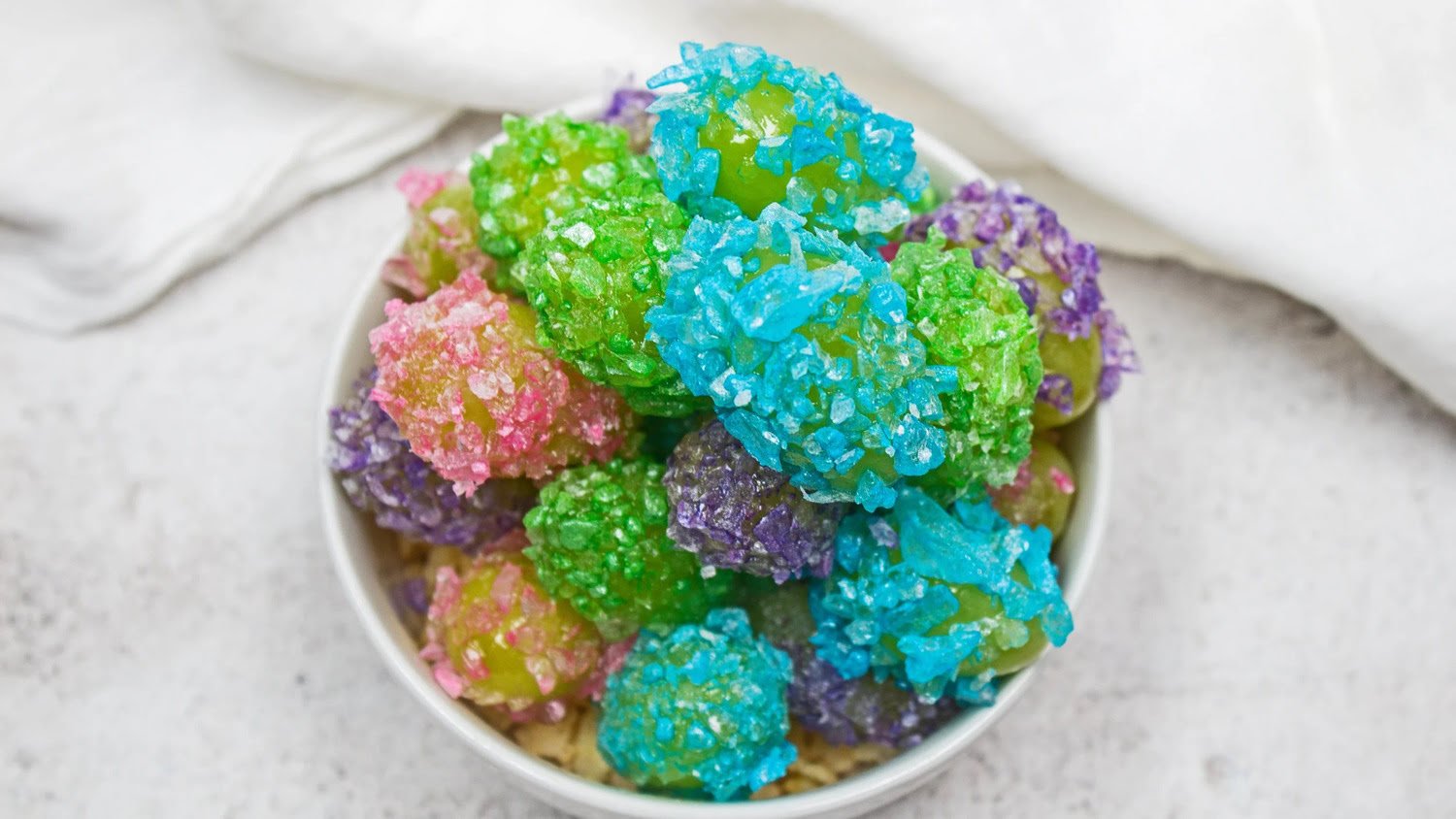

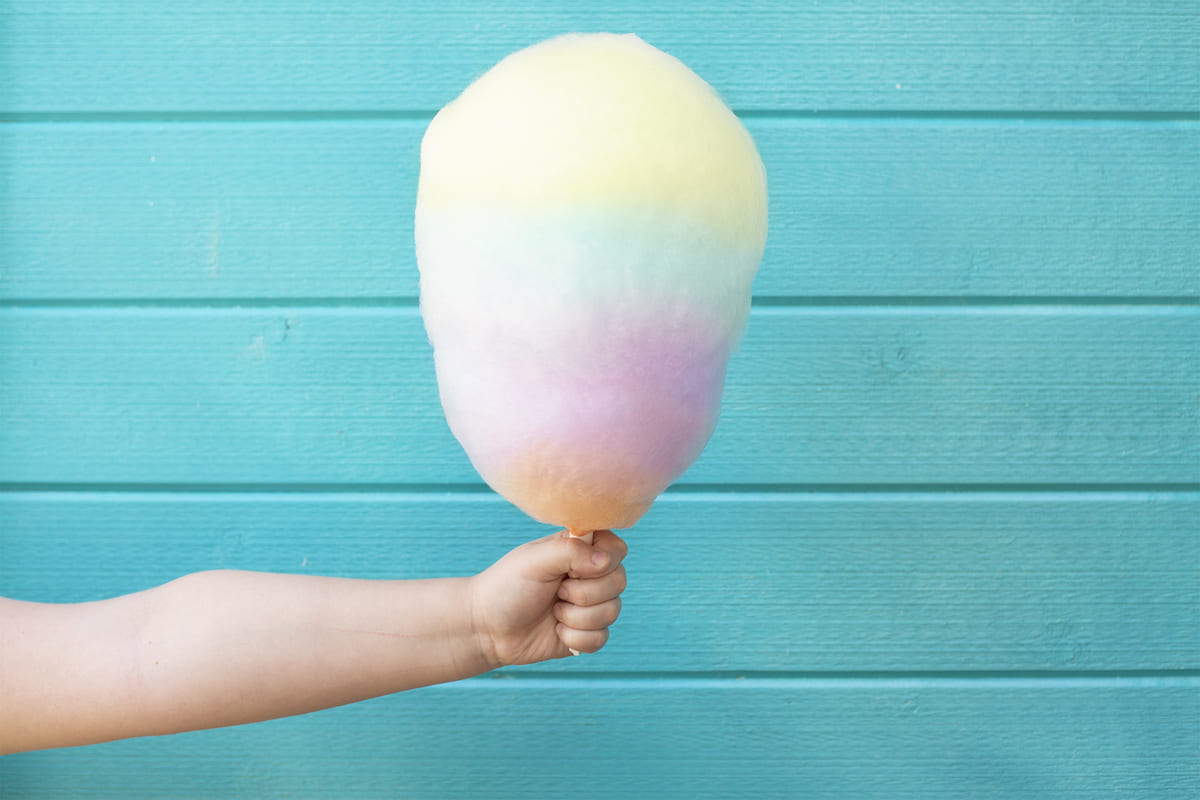
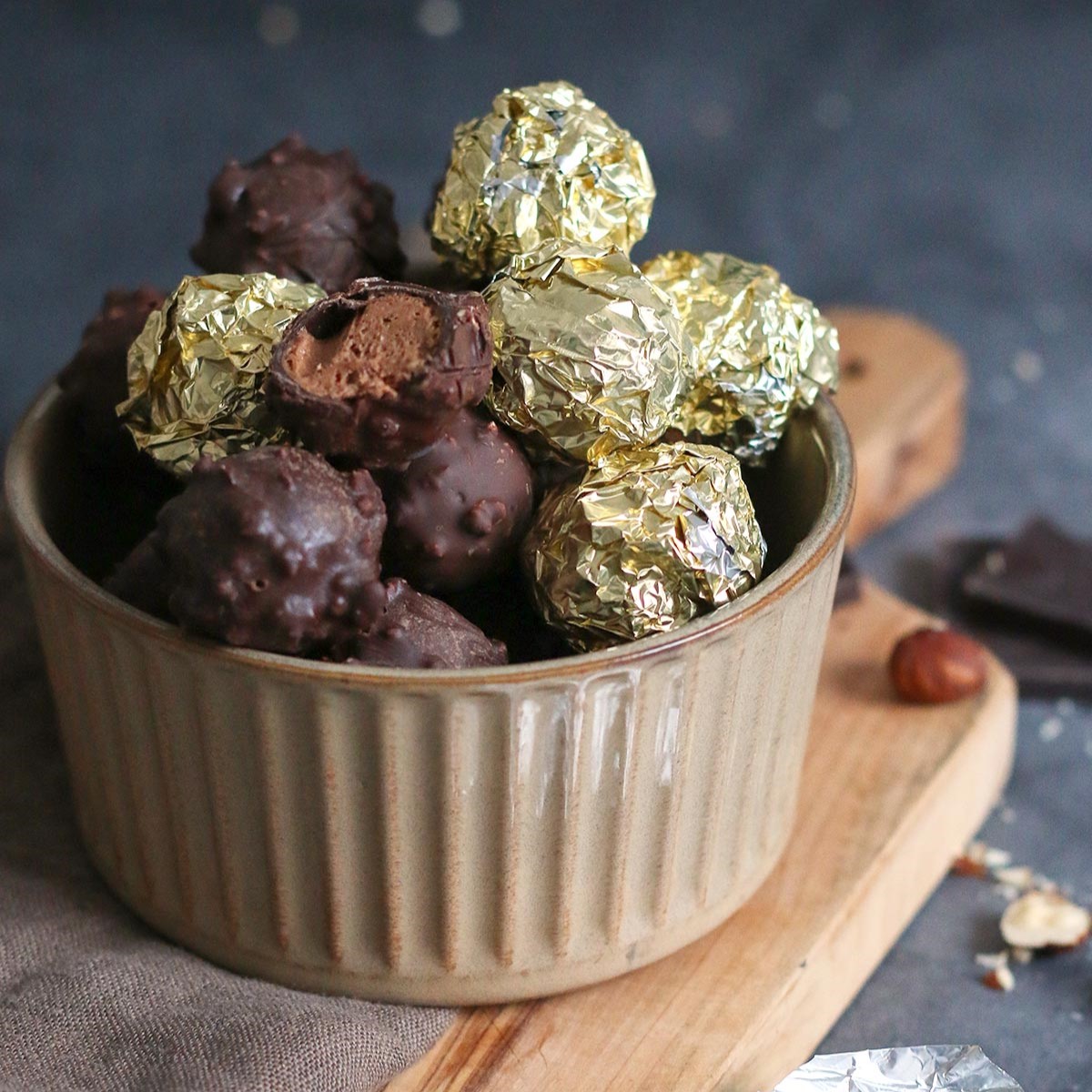
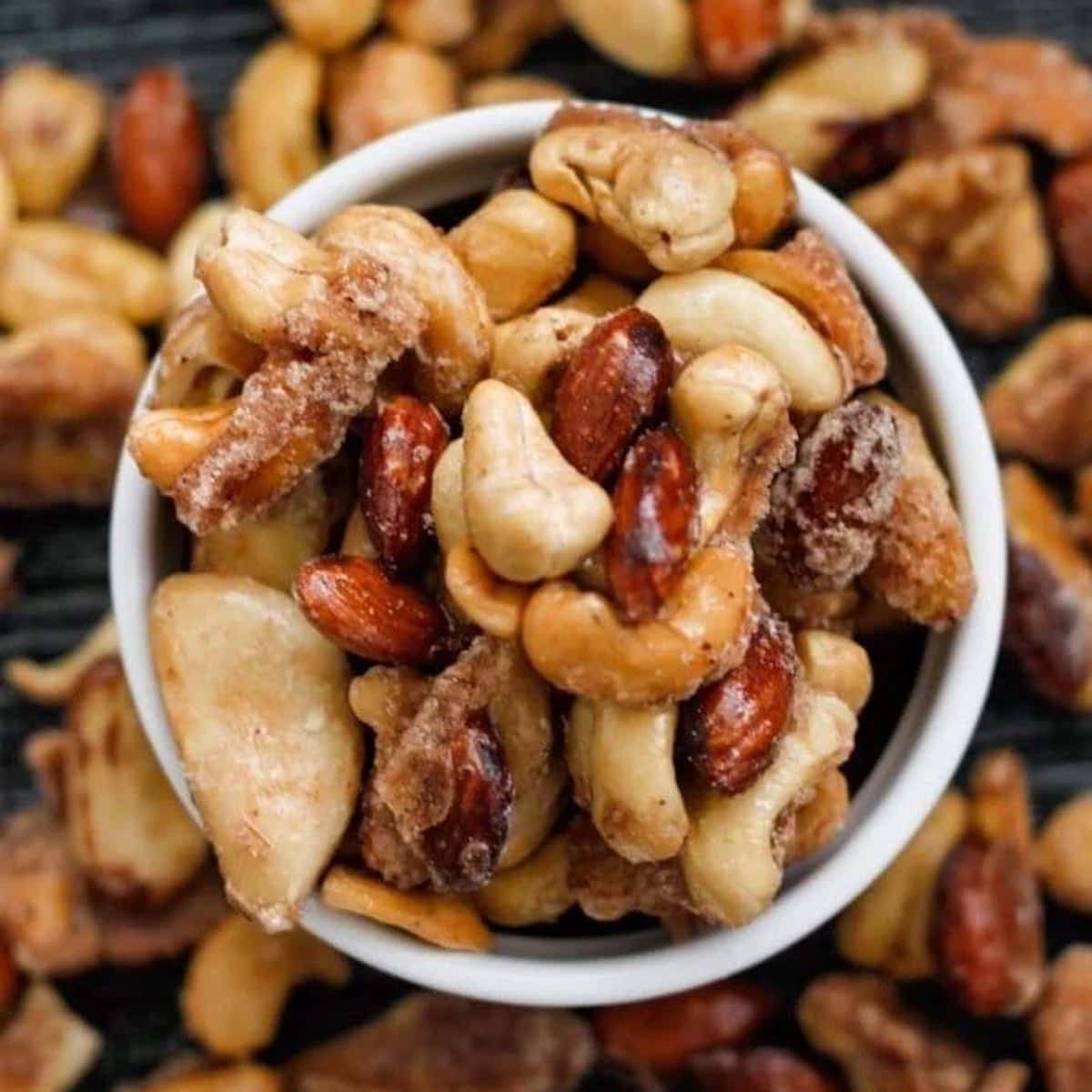

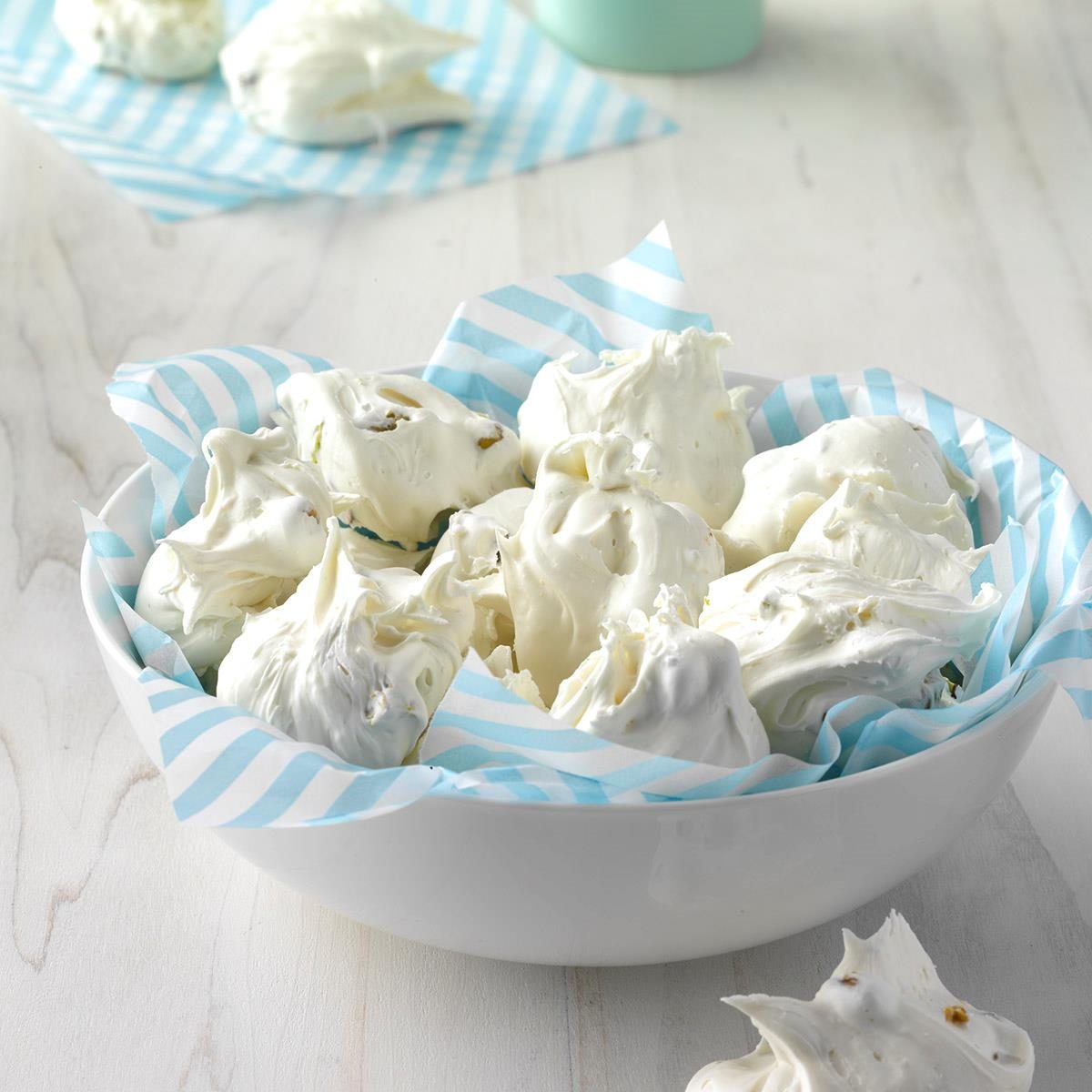
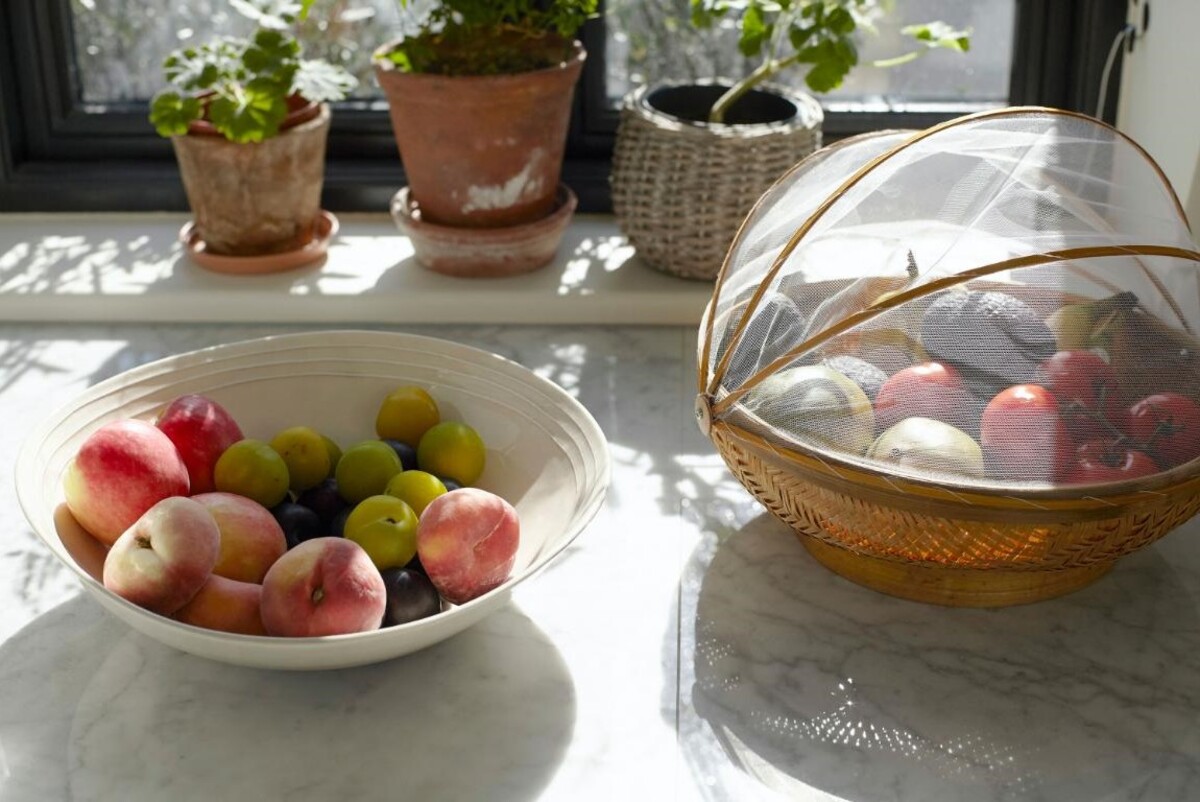
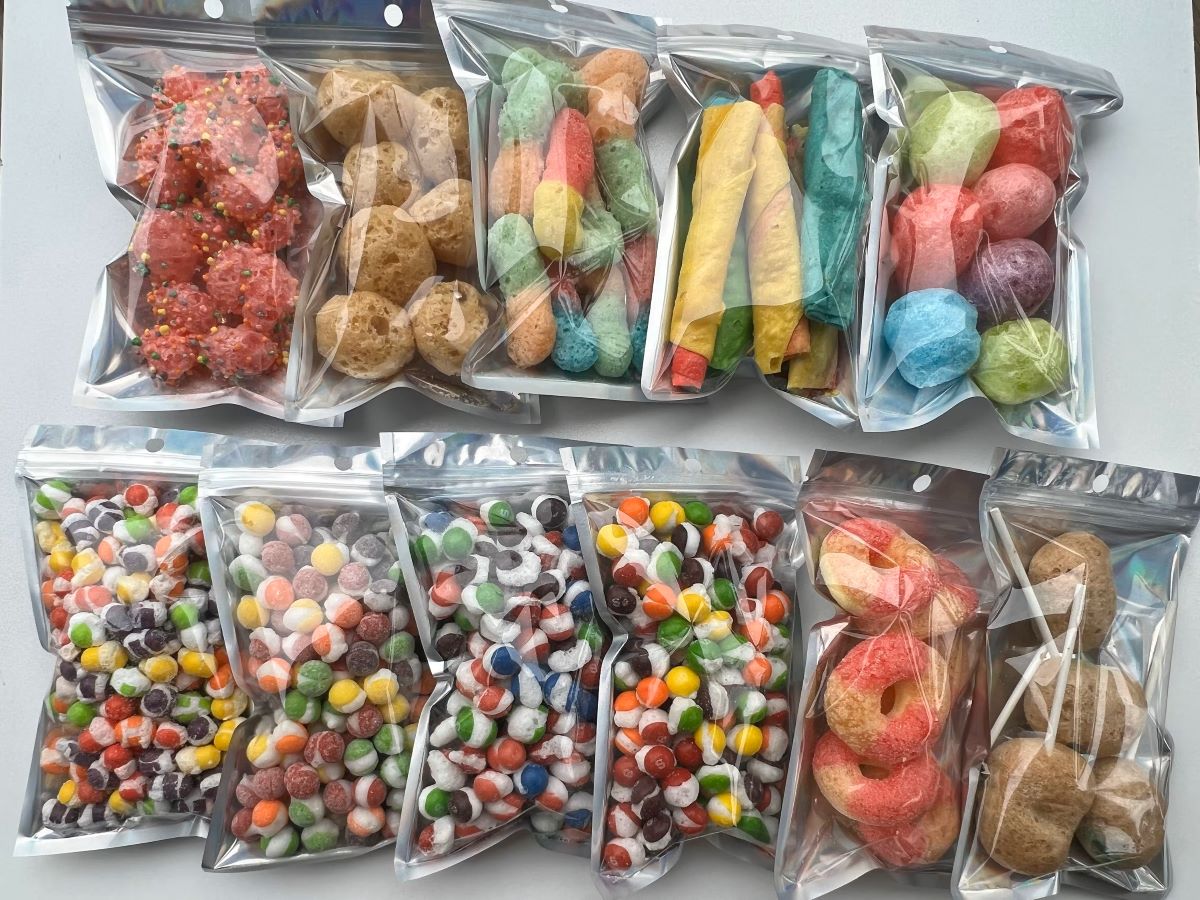

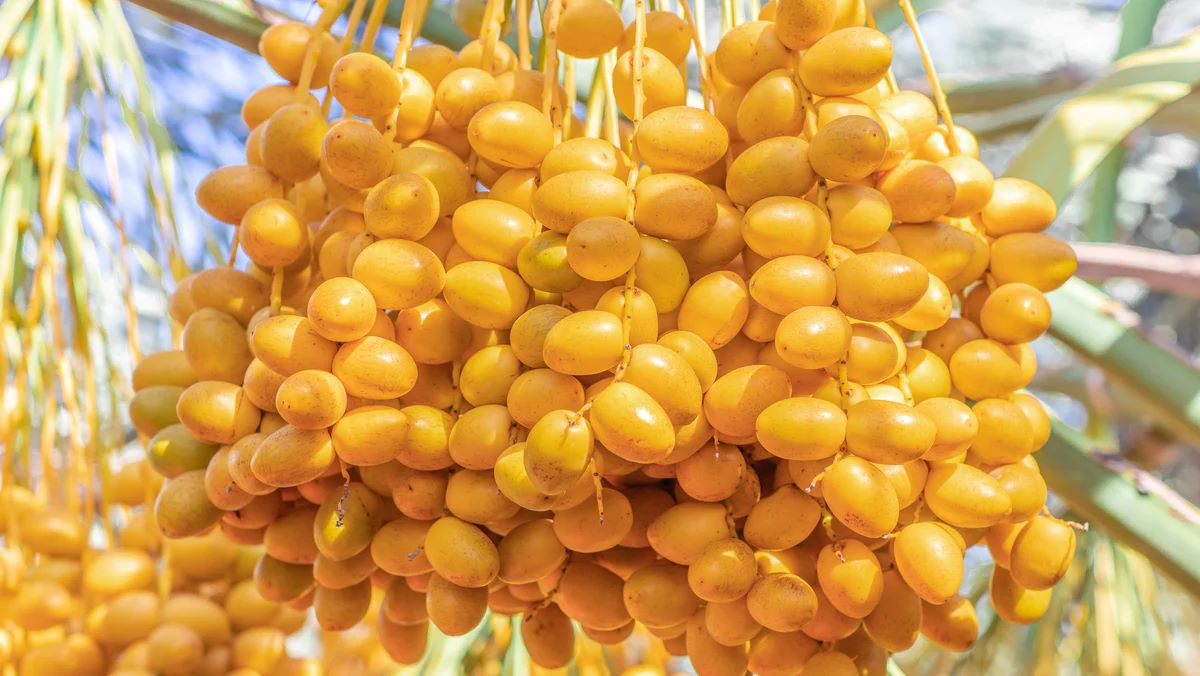
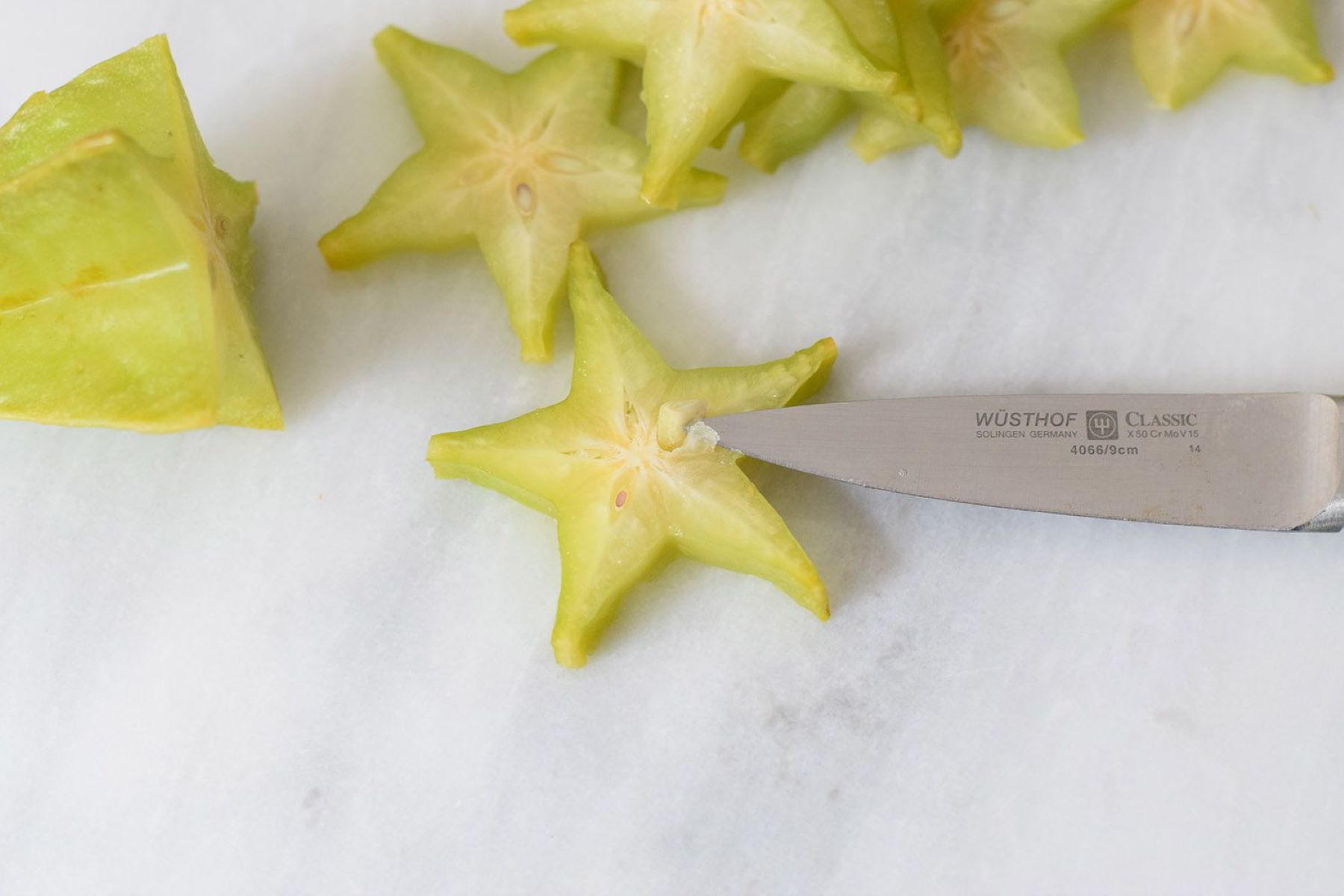


0 thoughts on “How To Store Candied Fruit”